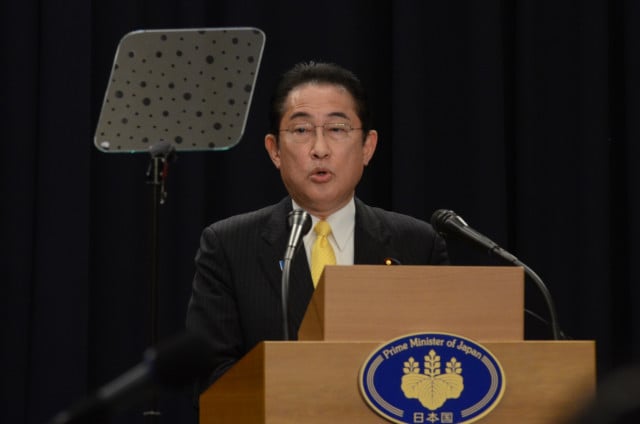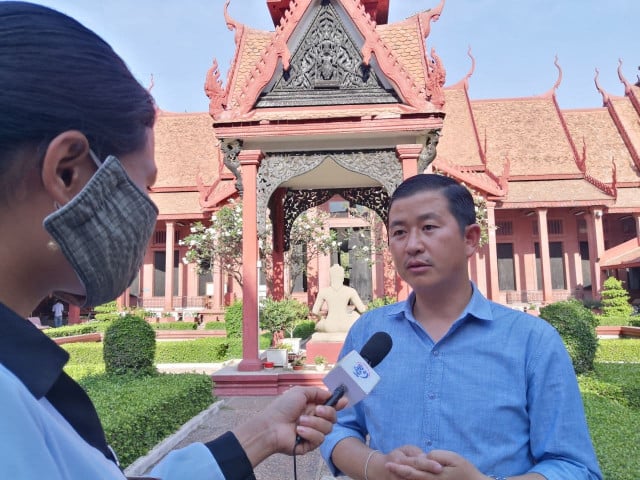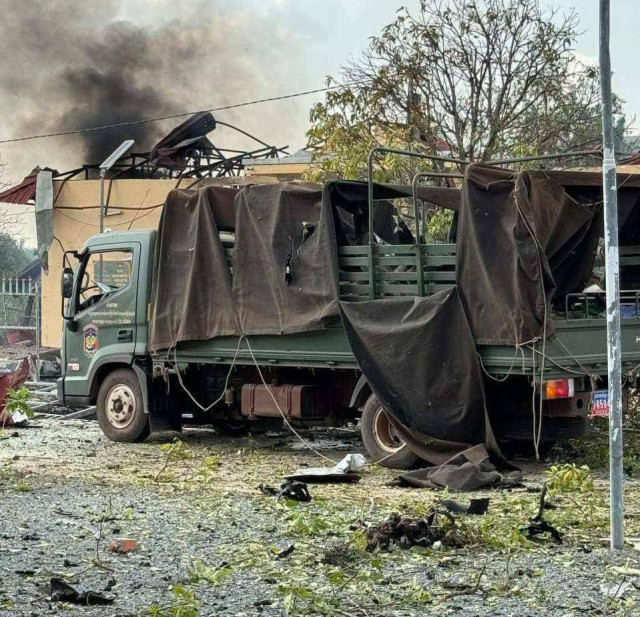O Thma Dab: A Quarry that Built Angkor
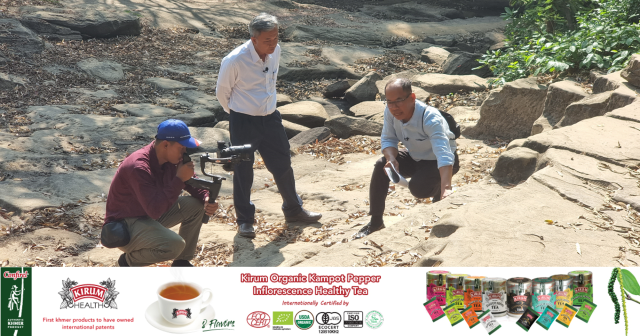
- By Ky Soklim
- April 16, 2024 12:00 PM
SIEM REAP — How stones were sourced and transported for the construction of the temples at the site now known as the Angkor Archaeological Park has baffled archaeologists for decades. Historians and archeologists are still uncertain as to the routes and techniques used to tow tons and tons of stone blocks over kilometers from the quarries to the capital city of Angkor.
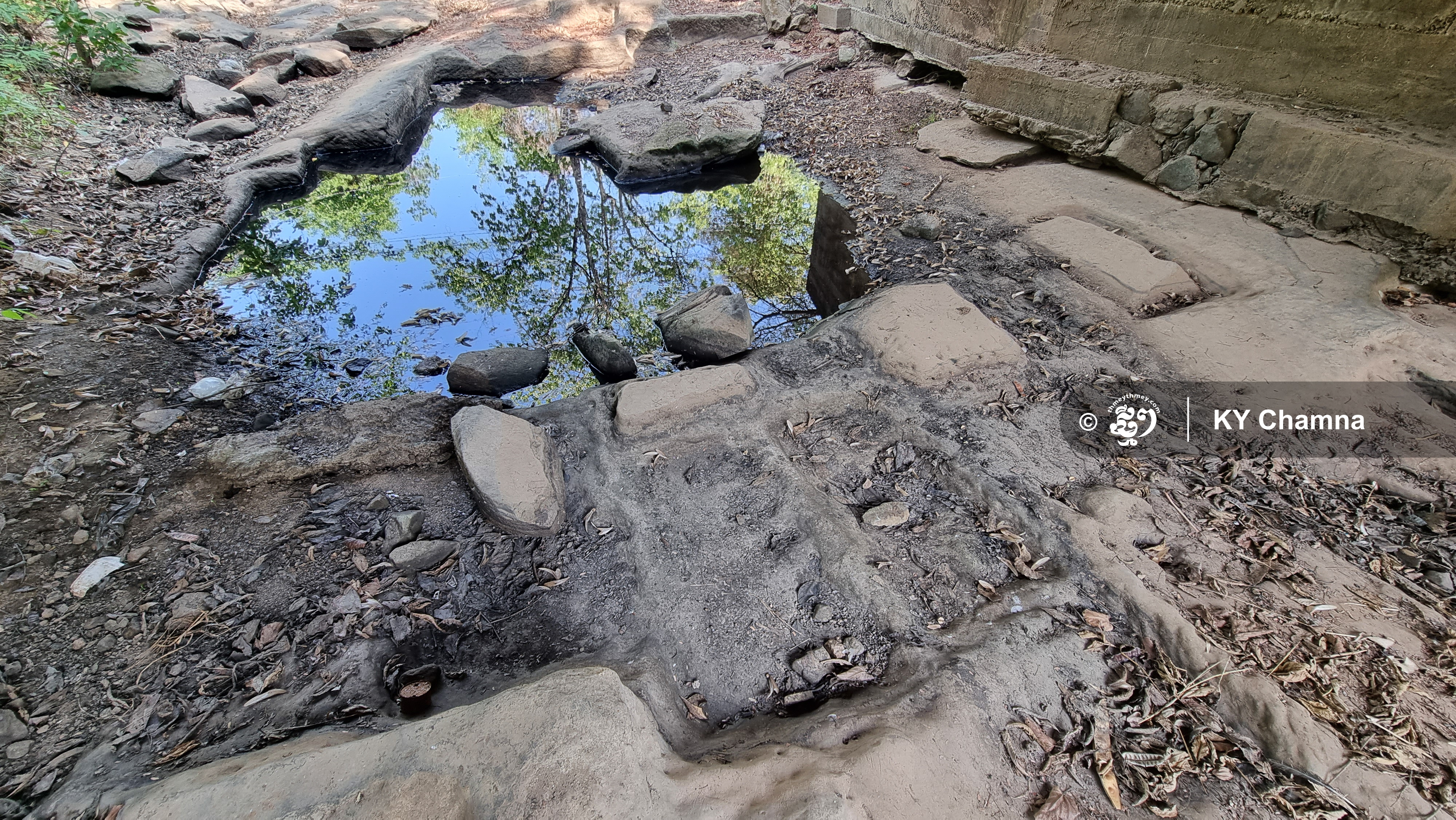
As An Sopheap, an archaeologist of the APSARA National Authority—the government agency managing Angkor Park—explained, one of these quarries was at a location known today as O Thma Dab, which is located next to the huge 12th century temple of Beng Mealea about 50 kilometers from Siem Reap city.
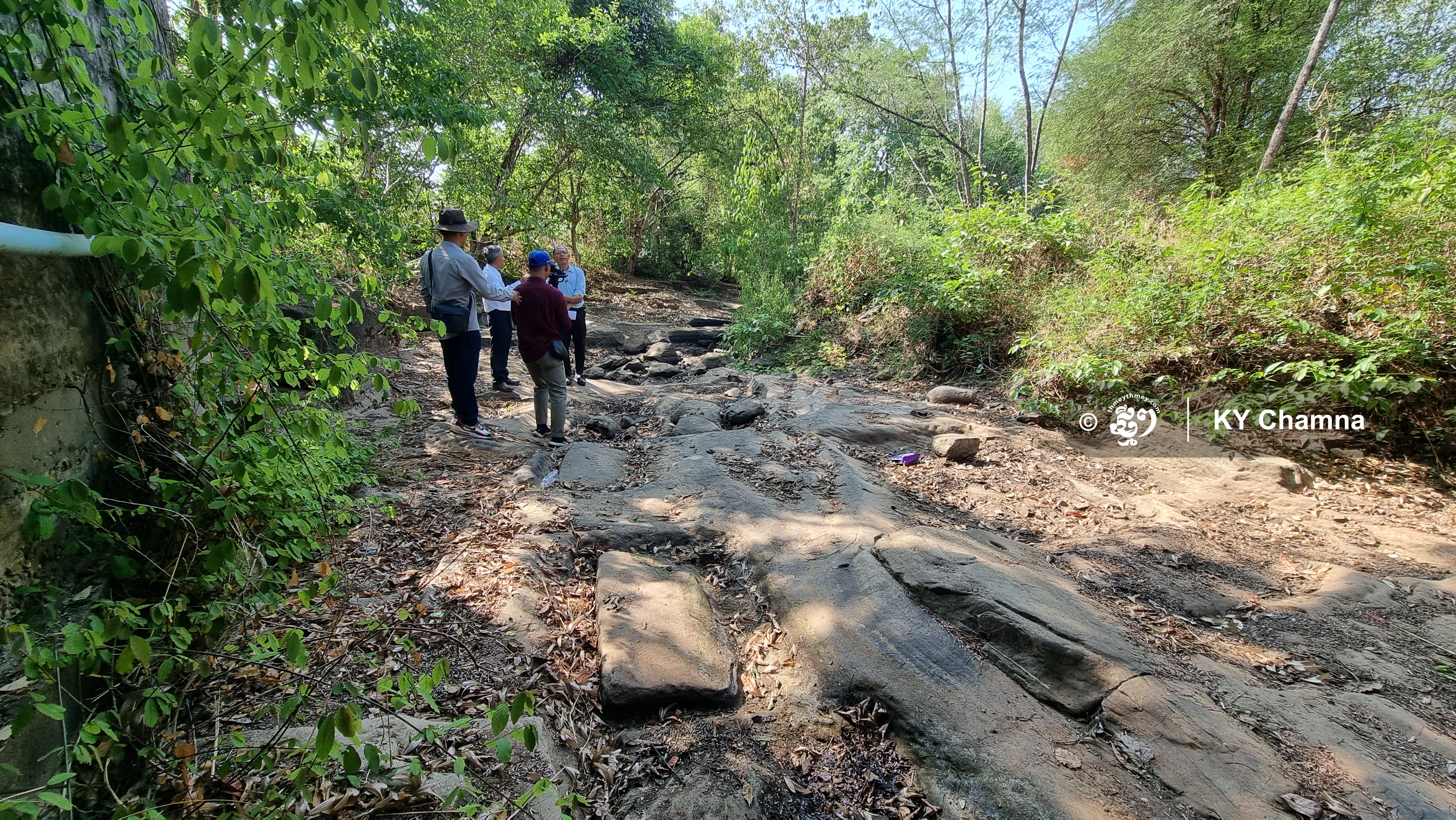
Ky Soklim: How did this place play a role in the construction of the Angkor archaeological site in the past and even now?
An Sopheap: O Thma Dab was a rich sandstone quarry of the Angkor period. During the monsoon season, this stretch of waterway is flooded by rainwater running down the sacred Kulen mountain before reaching and supplying the nearby Beng Mealea temple, a famous Hindu monument of the region. If we go upstream, we can also see the temple of Thma Dab. Although a number of sandstone quarries are found within this immediate vicinity, only O Thma Dab provides a remarkable sandstone quality.
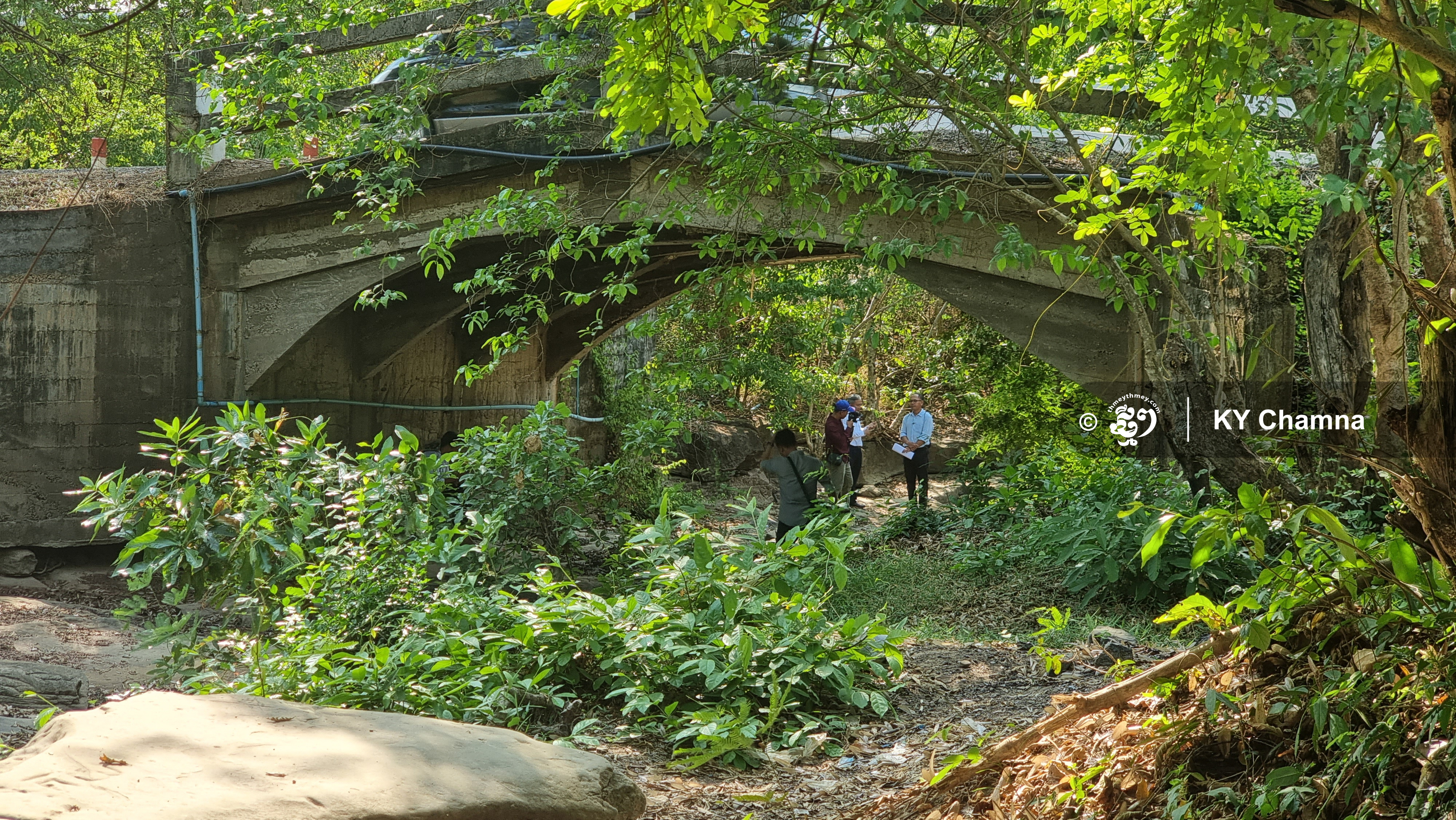
In Cambodia as a whole, beside wood and bricks, three main types of stones were used to construct temples. These were sandstones, laterite and basalt stones. However, there are only two known temples built with basalt stone, which are the temple of Ashram Moha Russei and the temple of Kouk Preah Theat.
Basalt stones are very hard to work with and they cannot be easily chiseled into specific and intricate shapes like what can be done with sandstones.
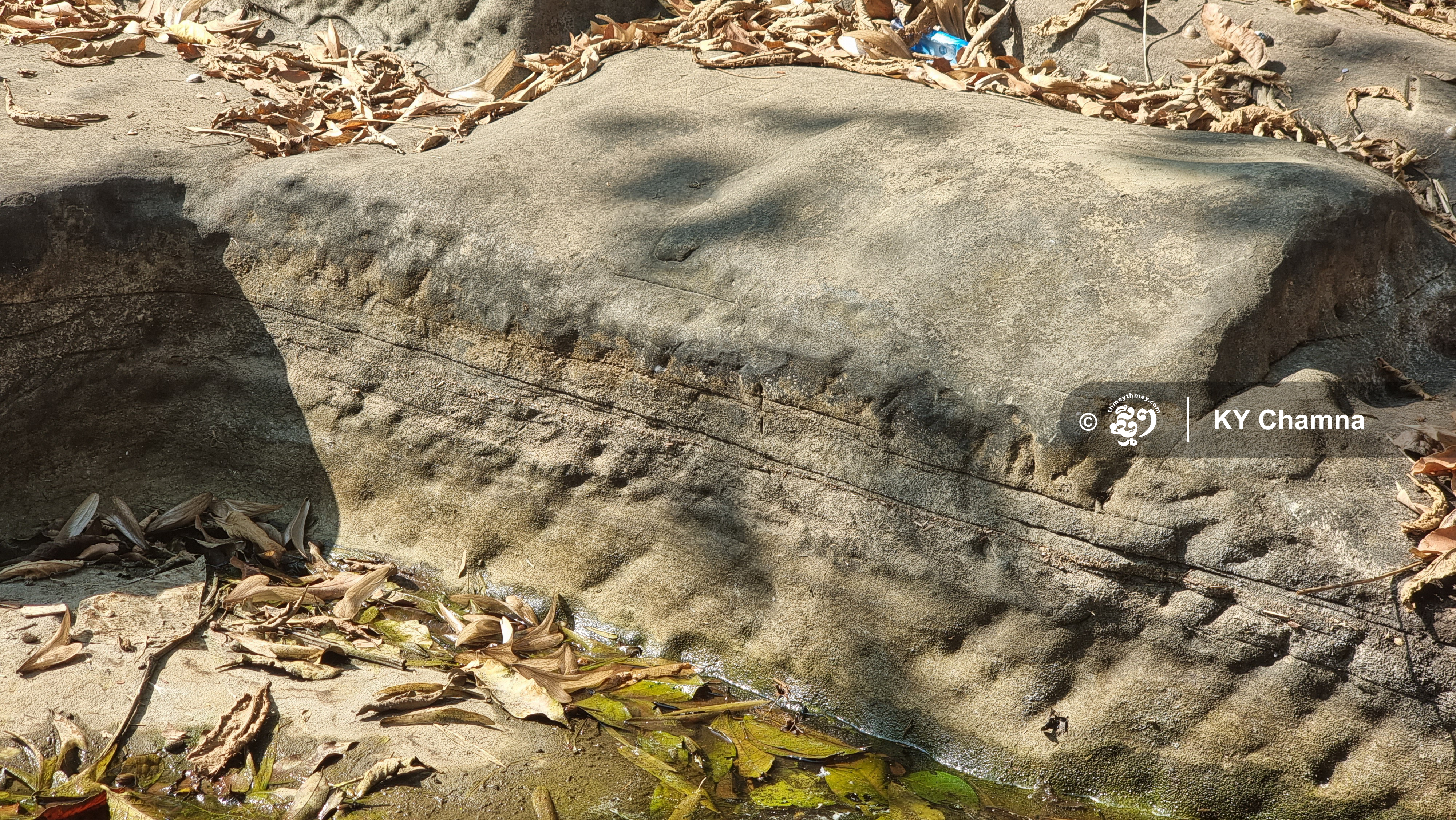
In Siem Reap, laterite quarries are more commonly found than sandstones. In this province alone, we can spot seven to eight major laterite quarries.
Regarding the O Thma Dab quarry, it is believed that 90 percent of the sandstones used at the Angkor site came from here. Usually, one cubic meter of sandstone can weigh up to 2.5 tons. It is not hard to find blocks of sandstones at the temple of Angkor Wat weighing up to 4 tons.
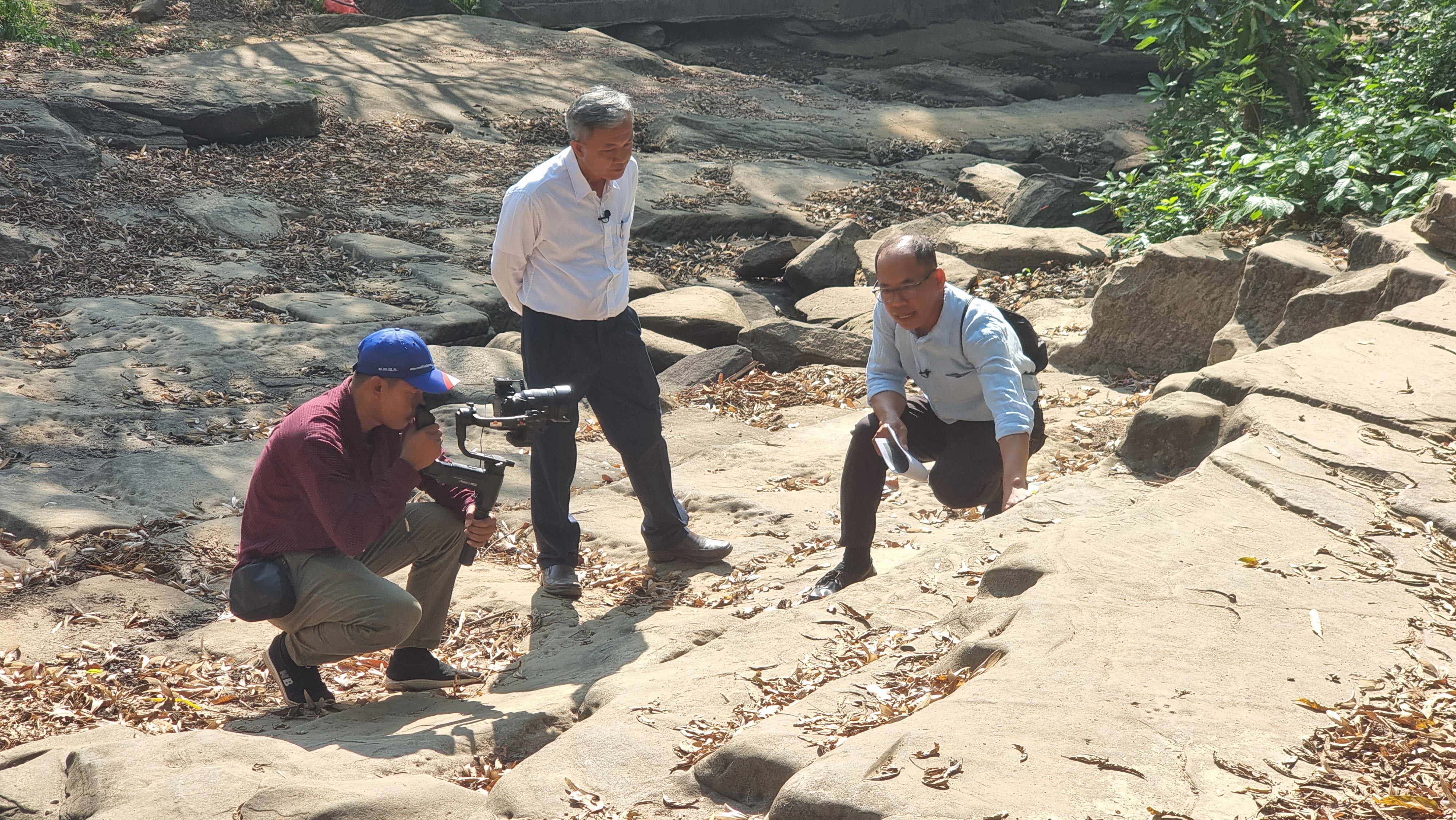
Ky Soklim: How difficult was it for people to work with stones during those times?
An Sopheap: Personally, I think extracting the stones from the quarry is not the hardest process in this logistical challenge. What is more complicated is how these blocks of stone were transported from the quarries to the region of Angkor, which is about 50 kilometers away.
It seems that using the land route alone could be highly energy intensive. Therefore, a number of hypotheses were made on the use of water routes.
One of them, although much longer in length, involved transporting stones on raft downstream south from the O Thma Dab quarry along a man-made canal toward the Tonle Sap lake before going back north along the lake and upward through the Siem Reap river where the region of Angkor is located.
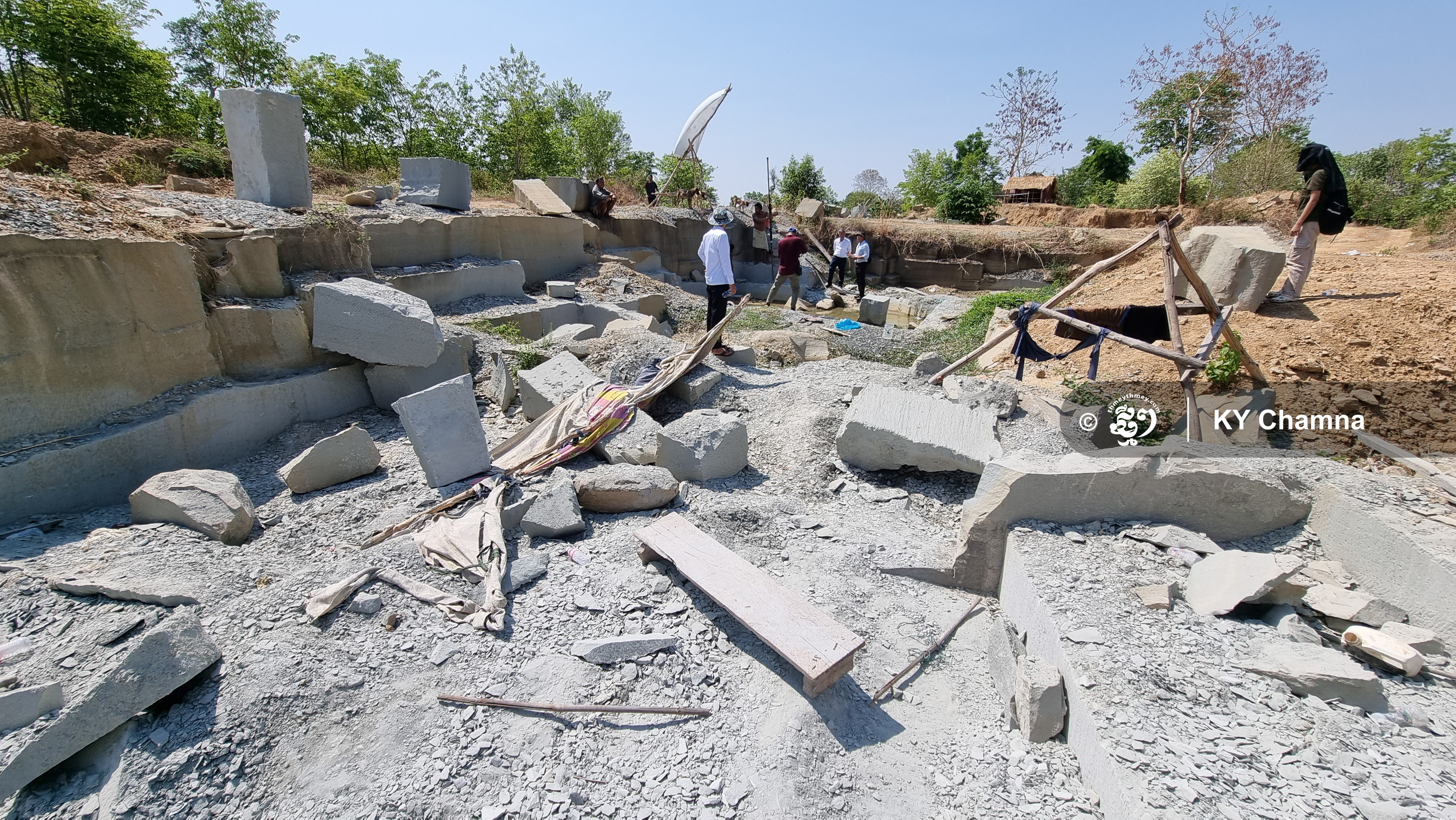
Caption: A modern sandstone quarry about 500 meters from O Thma Dab. Photo: Ky Chamna
Another hypothesis is that the stones were sent along a more direct route of the ancient canal alongside an ancient road. This is because we have found small pieces of sandstones scattered along some of these ancient routes. The rafts carrying the sandstones could have been towed by elephants. Nevertheless, we cannot say for sure if it really happened like this or not.
Being in close proximity, the temple of Beng Mealea might have gotten its stones directly from the O Thma Dab quarry. That is why stones at this temple are relatively large since it did not take much time to bring them from the source to the construction site.

Stones have their own story to tell. During restoration, a monument can only be restored with new stones a total percentage of 25-to-30 percent. This is to ensure that we do not dilute the authentic character of the monuments with modern materials.
Although stones are strong, nothing can last forever. However, before that day comes, we need to find ways to take good care of them as much as we can. During post-Angkorian times, with little maintenance, vegetation invaded this monument causing a lot of deterioration. At this point, with more proper care underway, I am sure that the temple can last a very long time.
Conducted in Khmer for ThmeyThmey Digital Media, this interview was translated by Ky Chamna for Cambodianess.






